When it comes to website performance and user engagement,
few metrics are as telling as the bounce rate. A high bounce rate can indicate
a range of issues that could be negatively affecting both your user experience
and SEO ranking. Understanding what bounce rate is, how it affects SEO, and
most importantly, what you can do to improve it, is essential for any website
owner looking to enhance their online presence.
What is Bounce Rate?
Bounce rate refers to the percentage of visitors who land on
a page of your website and leave without interacting with any other pages on
your site. Essentially, a "bounce" occurs when a visitor views only
one page before exiting your site. For example, if 100 people visit a webpage
and 60 of them leave without clicking to another page, the bounce rate for that
page is 60%.
While it’s natural for some pages to have a higher bounce
rate (for example, blog posts or landing pages designed for specific actions),
an overall high bounce rate across your website can signal problems that need
attention.
Why is Bounce Rate Important?
Bounce rate is important for several reasons, primarily
because it impacts the user experience and plays a significant role in your website's
SEO.
- User Experience (UX): A high bounce rate is often a
reflection of a poor user experience. If visitors don’t find what they are
looking for or if the website is difficult to navigate, they are more likely to
leave immediately. This can result in negative user sentiment and impact your
brand’s reputation.
- SEO Impact: Google uses a variety of metrics to rank
websites, and while bounce rate is not a direct ranking factor, it is
considered an indirect one. If users quickly leave your site after visiting, it
suggests to Google that your content may not be relevant or valuable. This can
result in a lower ranking for your pages in search engine results.
- Conversion Rates: High bounce rates can also affect your
conversion rates. If visitors are bouncing off your site quickly, it means
they’re not staying long enough to engage with your offerings, such as signing
up for a newsletter, making a purchase, or downloading an eBook. This directly
impacts your business goals.
How Does High Bounce Rate Affect SEO?
Search engines such as Google focus on providing users with
the most relevant and high-quality experience possible. If a website has a high
bounce rate, it could signal to Google that the content isn’t meeting user
needs, which can lead to a drop in rankings. Here's how a high bounce rate can
impact Search Engine Optimization (SEO):
- Decreased Dwell Time: Dwell time refers to the amount of
time a user spends on your site before returning to the search results. A high
bounce rate typically leads to a shorter dwell time, which signals to search
engines that users aren’t finding your content useful. As a result, search
engines might lower the ranking of your pages in favor of content that keeps
users engaged for longer periods.
- Negative Impact on Crawl Budget: For websites with high
bounce rates, search engines may allocate less crawl budget to your pages. A
crawl budget is the number of pages Googlebot crawls on your site during a
given period. If your pages are getting a lot of bounces, Google may consider
them less relevant and may not crawl or index them as frequently. This can
prevent your website from being fully indexed, hindering your ability to rank
for important keywords.
- Signals Low Content Quality: Google uses various metrics to
assess content quality, and bounce rate is one of them. A high bounce rate can
suggest that your content isn’t meeting the expectations of visitors. If users
land on your site and quickly leave, it can signal to Google that the page
lacks value, leading to lower rankings.
- Reduced User Engagement: Engagement is a key component of
SEO. Elevated bounce rates are frequently linked to decreased user engagement.
Visitors who bounce off your site don’t interact with other pages, reducing the
chances of them taking meaningful actions like signing up for a newsletter or
making a purchase. Engaged users are more likely to share your content, which
can further boost your website’s visibility.
What Causes a High Bounce Rate?
There are various factors that can contribute to a high
bounce rate. Let’s explore some of the most common reasons behind this issue:
- Slow Page Load Time: Website speed is one of the most
critical factors for both user experience and SEO. If your website takes too
long to load, visitors will likely bounce before the page fully loads.
According to studies, a delay of just one second in page load time can result
in a 7% reduction in conversions.
- Poor Mobile Optimization: With the majority of web traffic
coming from mobile devices, it’s essential that your website is mobile-friendly.
If your site isn’t optimized for mobile users, they may find it difficult to
navigate or interact with your content, leading to higher bounce rates.
- Irrelevant or Misleading Content: When users land on your
site and don’t find the content they expected, they’ll leave quickly. If your
headlines, meta descriptions, or paid ads mislead visitors into thinking your
content offers something it doesn’t, they’ll bounce off in frustration.
Ensuring that your content aligns with your visitors' expectations is crucial.
- Poor User Interface (UI) and Navigation: If your website is
difficult to navigate, users will struggle to find the information they need. A
cluttered, confusing layout or broken links can also contribute to a high
bounce rate. A user-friendly interface that’s easy to navigate can
significantly reduce bounce rates.
- Overwhelming Popups and Ads: While popups and ads can be
effective for lead generation, excessive or intrusive ads can annoy visitors,
causing them to leave your site immediately. Be mindful of how many popups or
ads you use and ensure they don’t hinder the user experience.
How to Reduce Bounce Rate and Improve SEO?
Now that we understand the impact of a high bounce rate on
SEO and the common causes behind it, let’s look at actionable strategies you
can implement to reduce bounce rate and improve both user experience and SEO.
- Improve Page Load Speed: As mentioned earlier, slow-loading
pages can drive visitors away. Use tools like Google PageSpeed Insights or
GTmetrix to analyze your site’s speed and identify areas for improvement.
Consider compressing images, minifying CSS and JavaScript, and utilizing
browser caching to enhance page load times.
- Optimize for Mobile Devices: With mobile traffic on the
rise, it’s essential that your website is mobile-optimized. Use responsive
design to ensure your site adapts seamlessly to various screen sizes. Test your
site on different devices to ensure that your visitors have a smooth experience
regardless of the device they use.
- Create Engaging Content: To keep visitors engaged and lower
your bounce rate, your content needs to be high-quality, relevant, and
engaging. Use clear and compelling headlines, provide valuable information, and
include multimedia like images, videos, and infographics to make your content
more engaging. Ensure your content matches user intent to keep visitors on your
site longer.
- Improve Navigation and User Experience (UX): A
well-organized, easy-to-navigate website encourages visitors to explore more
pages. Make sure your navigation is intuitive and your site is easy to use. Use
clear calls-to-action (CTAs) and ensure that visitors can find what they’re
looking for quickly.
- Use Internal Linking: Internal links not only help search
engines crawl your website more effectively, but they also encourage users to
stay on your site longer. By linking to relevant content within your site, you
can guide users to additional resources they might find valuable, reducing
bounce rate.
- Optimize for Target Keywords: To ensure that visitors find
what they are looking for, optimize your pages for the right target keywords.
This will increase the likelihood of matching search intent and keeping users
engaged. Avoid keyword stuffing, and focus on providing high-quality,
informative content that addresses user needs.
- Reduce Intrusive Popups and Ads: While popups and ads can be
useful for conversions, they can also annoy users and drive them away. Limit
the use of popups and ensure they are not intrusive or disruptive to the user
experience. Consider using exit-intent popups or less intrusive ad formats.
- Make Your Website Visually Appealing: A clean, visually
appealing design can help retain visitors and reduce bounce rates. Avoid
clutter and prioritize a simple, user-friendly layout that’s easy on the eyes.
Use consistent branding and ensure that your website looks professional and
trustworthy.
Conclusion
Bounce rate is a critical metric that can significantly
impact your website’s SEO and user engagement. A high bounce rate can signal to
search engines that your content is not relevant or valuable, which could harm
your rankings. By focusing on improving page load times, mobile optimization,
content quality, navigation, and overall user experience, you can reduce your
bounce rate and improve both your SEO performance and conversion rates.
Remember, a lower bounce rate leads to more engaged users, higher rankings, and
better business outcomes.
At Attractive Web Solutions, we specialize in creating
user-friendly, SEO-optimized websites that help businesses reduce bounce rates
and achieve long-term success online. Reach out to us today to learn how we can
help improve your website's performance and boost your digital marketing
efforts.

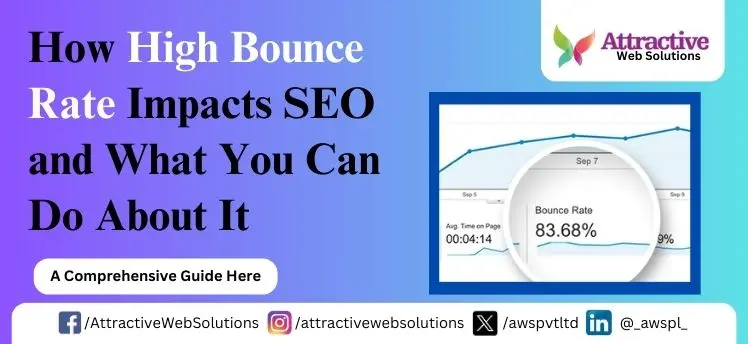

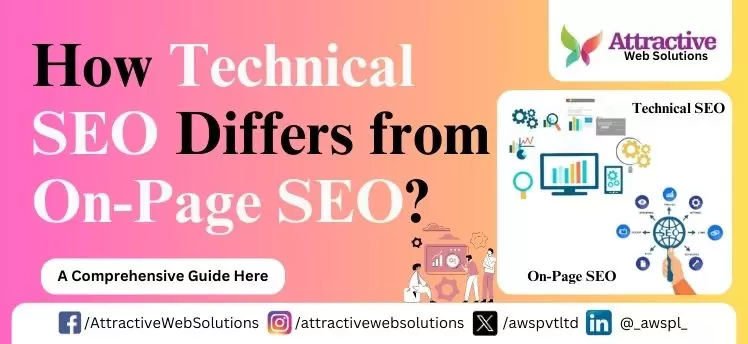


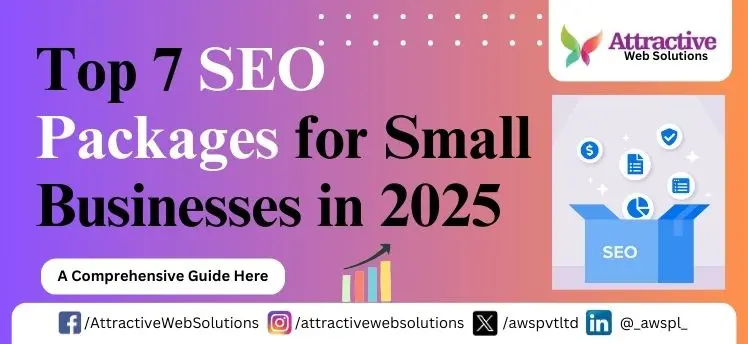
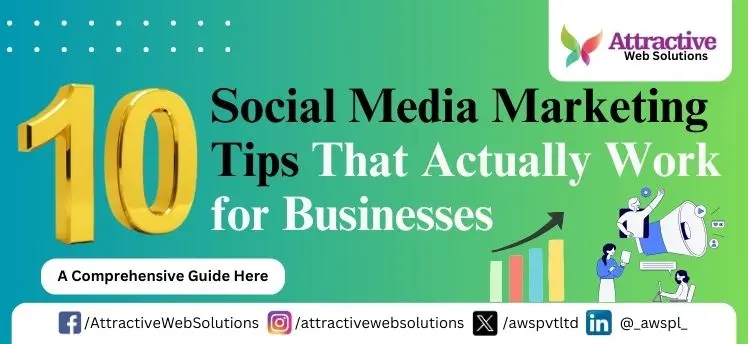
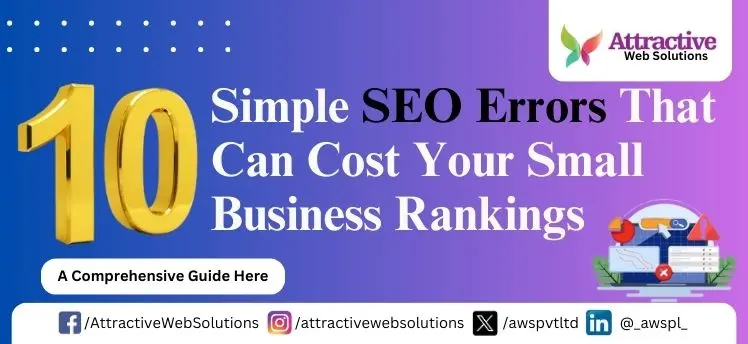
0 Comments